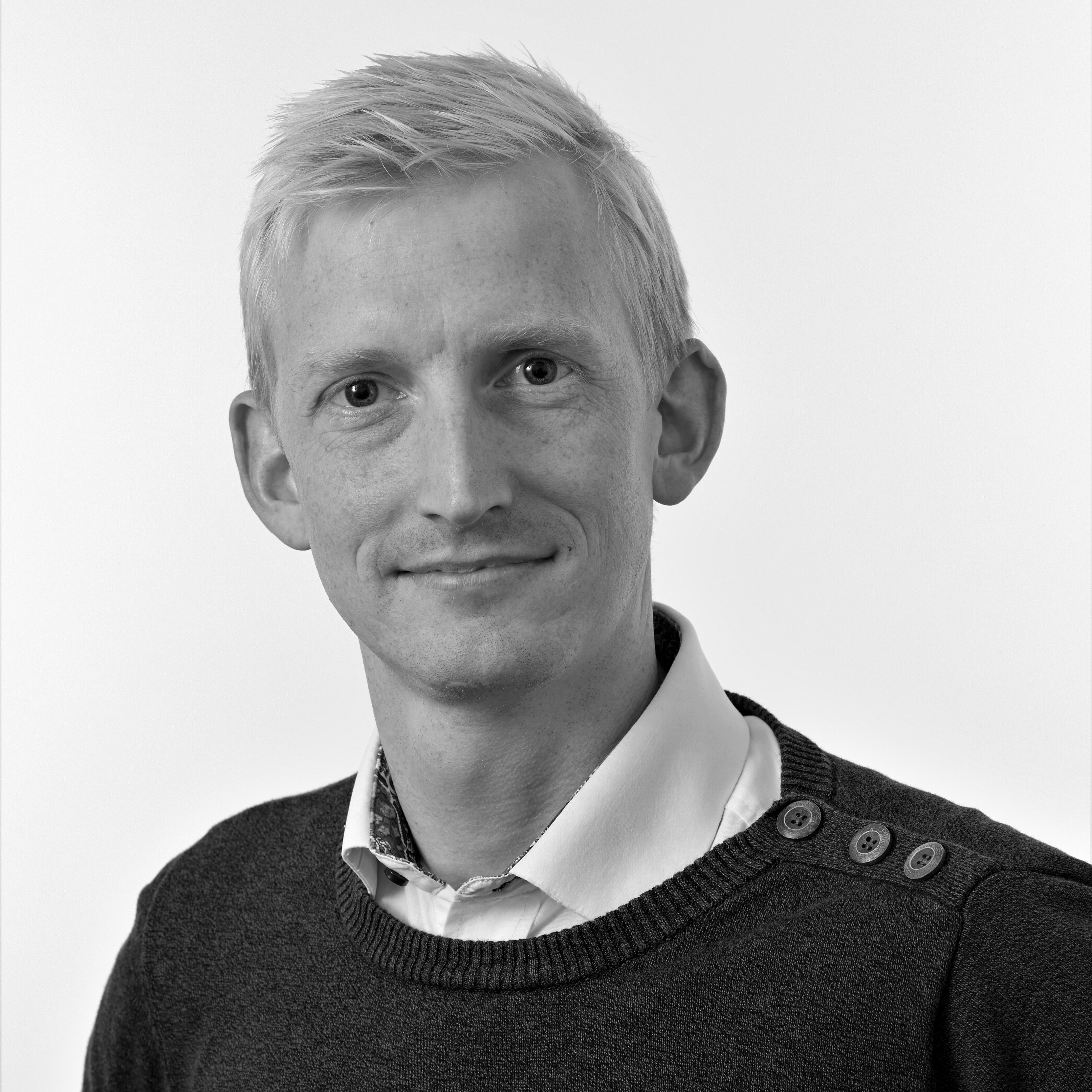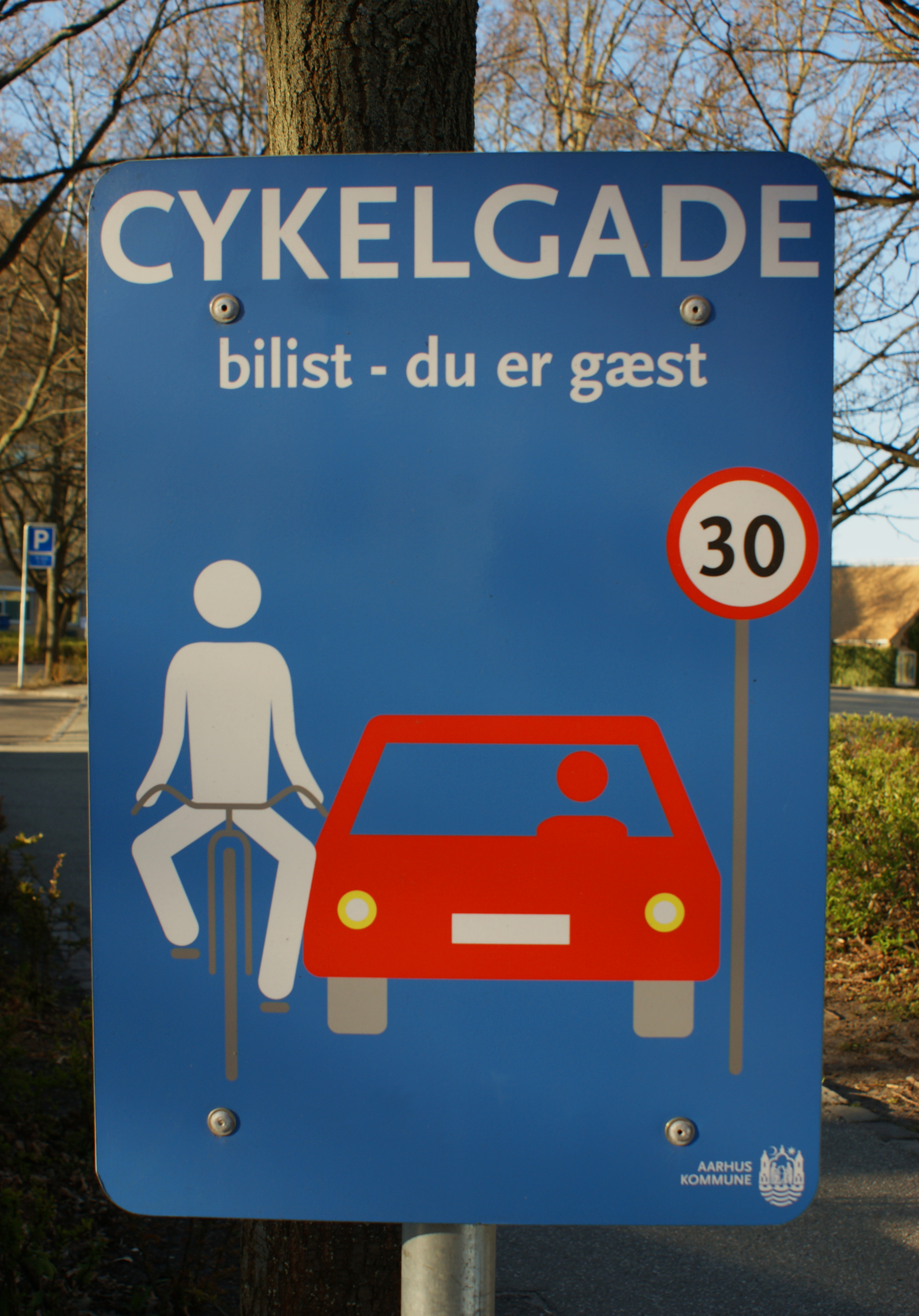How can we make our cities more sustainable? This is one of the core questions of the SN² project. In this interview with Gustav Friis, we explore how Aarhus Kommune in Denmark aims to achieve carbon neutrality by 2030 and the role shared mobility plays in reaching this target.
Welcome Gustav! Can you introduce yourself?
My name is Gustav Friis, and I have been working as a mobility planner in Aarhus for the past 10 years. Aarhus is the second-largest city in Denmark with a population of around 350,000.
We are located in a very interesting geographical area where there is a lot of mobility within the city, but the outskirts and rural areas have less connectivity. We see shared mobility as a potential solution to balance this, focusing on connecting the urban and rural areas.
We also aim to incorporate shared mobility into urban planning, particularly for social housing and new developments, as part of our efforts to reach carbon neutrality by 2030.

Gustav Friis is a mobility planner for the City of Aarhus (copyright: Aarhus Kommune).
How did you get involved in SN²?
Via Rebecca Karbaumer from the Hanseatic City of Bremen. I have known Rebecca for several years. We first met at a POLIS Network conference dinner in 2017. From that point onwards, we started working together on several projects. In 2021, both Rebecca and I attended the eHUBS Academy in Bergen, and we had a conversation about the SHARE-North Squared project while sitting on a bench during a site visit.
During this talk, it quickly became clear that we wanted to work with a private developer. My colleague Steffen Arnbo Nielsen had connections with a real estate developer, the Taekker group, which made our ambition more feasible. We saw a great opportunity to contribute to the development of a new 'Green Deal' town, and it aligned perfectly with our goals for shared mobility.
What do you hope to gain from the project?
For us, the SN² project offers a chance to address a big challenge in Aarhus - too much mobility in the city center and not enough in the outskirts. Our goal is to help Aarhus become carbon neutral by 2030, with shared mobility playing a crucial role. By working with other partners, we can learn about shared mobility solutions from other cities and apply those insights to Aarhus.
Our goal is to help Aarhus become carbon neutral by 2030, with shared mobility playing a crucial role.
Thanks to our involvement in the project, we have evolved from a situation in which nobody really understood shared mobility into a more informed position where we can think about the role of different players in the system. One exciting opportunity we had, was collaborating with real estate developer Taekker on a new town development, which could help us to integrate shared mobility solutions into the city’s parking policies.

The urban core of Aarhus hosts a dense network of shared mobility solutions (copyright: Aarhus Kommune).
What is your main contribution to SN²?
I think the biggest contribution from Aarhus will be the creation of a green mobility plan, which will serve as a strategic document for shared mobility in the city. This plan will be very concrete, offering a catalogue of steps for getting started in the Danish context.
We also aim to improve the understanding of affordable housing in Denmark and contribute to learning and sharing knowledge with other projects. The Interreg eHUBS project, which deployed mobility hubs with a focus on electric vehicles, has been a source of inspiration for us, and we look forward to discussing and refining shared mobility solutions with others.
What are your plans for the future?
Right now, we are focusing on how to incorporate shared cars into parking norms for both the inner city and the outskirts. This is a major part of our new green parking structure, which we plan to present to the council by 2026.
We focus on incorporating shared cars into parking norms for both the inner city and the outskirts. This is a major part of our new green parking structure.
We are also working on a shared mobility plan that will have many deliverables and will help us understand what works best in promoting shared mobility. We hope to conduct some tests before finalising the green mobility plan, allowing us to refine our approach and model for success.

Aarhus has an excellent cycling network, including cycling streets (copyright: Aarhus Kommune).
How do you evaluate your work?
Overall, we have had more opportunities than setbacks, which has been very encouraging. Although it might have seemed like a challenge when Taekker withdrew from the project, in a way, it allowed us to refocus our efforts. Taekker was not able to work within the project framework, but this change gave us the energy and clarity to continue working in a new direction. Despite this, we still maintain a strong collaboration with Taekker, and the overall experience has been very positive.
That is excellent news, Gustav! Thank you.
Interview by Steffie De Moor (ex-Mpact)
Edited by Jelten Baguet (Mpact)
Pictures by Aarhus Kommune